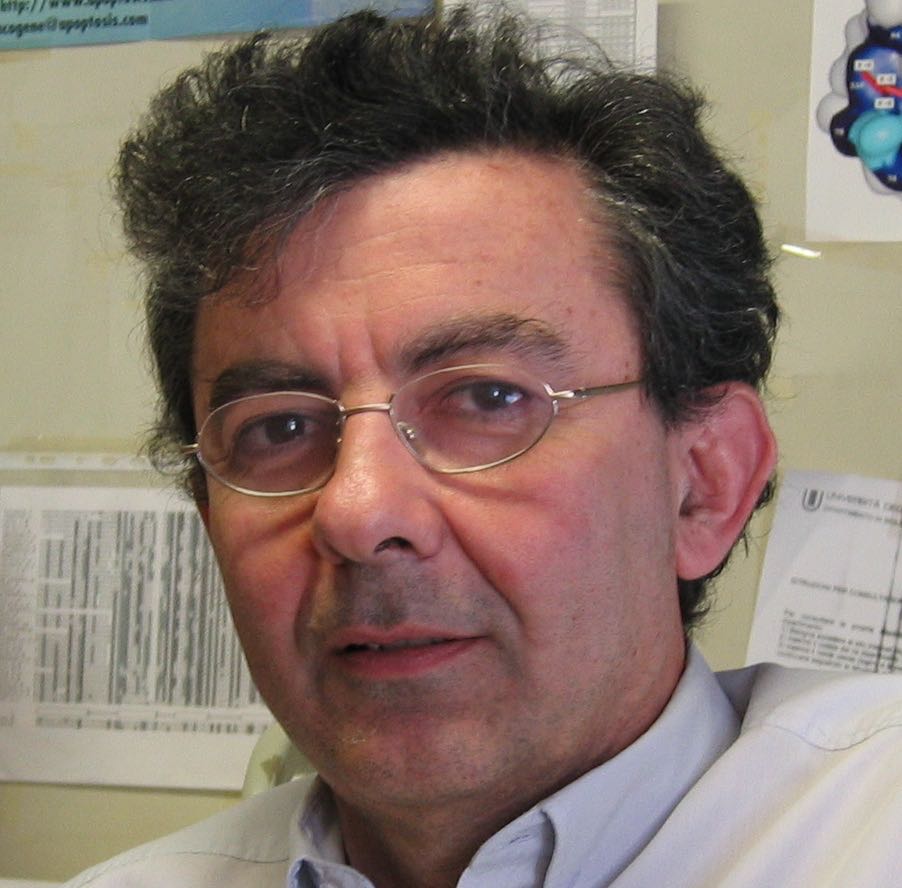


Muscle regeneration is governed by a complex crosstalk among dozen and more cell types. Fibro-adipogenic precursors (FAPS) play an important role in this process by positively regulating the activation and maturation of satellite cells, the muscle progenitor cells. FAPs, however, when cultured i/n vitro/, show a remarkable capacity to differentiate into adipocytes and fibroblasts. FAPs, indeed, are held responsible for the deposition of fat and fibrotic infiltrates in the degenerating muscles of dystrophic or old individuals. Fat depositions, however, are not observed in the interstitial regions between the fibers of healthy muscles of young individuals.
We have modeled by a system of differential equation the process of muscle regeneration. The model takes into account the complex network of interactions between the different mononuclear cells that are resident in the muscle or are attracted to the muscle following damage or chronic strain. This model faithfully represents the activation kinetic of the different muscle cell types but predicts the accumulation of adipocytes, which is not observed in physiological conditions. By purifying the different muscle cell types and by testing them in pairwise combinations we have shown that myotubes negatively control FAP differentiation by activating the NOTCH pathway. Remarkably adipogenesis of FAPs from a murine dystrophy model cannot be controlled by the NOTCH ligand, providing a rational basis for the observation that dystrophic patients, with age, accumulate fat and scars in the muscle tissue. I will provide evidence of the molecular basis in this defect in differentiation control.



Muscle regeneration is governed by a complex crosstalk among dozen and more cell types. Fibro-adipogenic precursors (FAPS) play an important role in this process by positively regulating the activation and maturation of satellite cells, the muscle progenitor cells. FAPs, however, when cultured i/n vitro/, show a remarkable capacity to differentiate into adipocytes and fibroblasts. FAPs, indeed, are held responsible for the deposition of fat and fibrotic infiltrates in the degenerating muscles of dystrophic or old individuals. Fat depositions, however, are not observed in the interstitial regions between the fibers of healthy muscles of young individuals.
We have modeled by a system of differential equation the process of muscle regeneration. The model takes into account the complex network of interactions between the different mononuclear cells that are resident in the muscle or are attracted to the muscle following damage or chronic strain. This model faithfully represents the activation kinetic of the different muscle cell types but predicts the accumulation of adipocytes, which is not observed in physiological conditions. By purifying the different muscle cell types and by testing them in pairwise combinations we have shown that myotubes negatively control FAP differentiation by activating the NOTCH pathway. Remarkably adipogenesis of FAPs from a murine dystrophy model cannot be controlled by the NOTCH ligand, providing a rational basis for the observation that dystrophic patients, with age, accumulate fat and scars in the muscle tissue. I will provide evidence of the molecular basis in this defect in differentiation control.